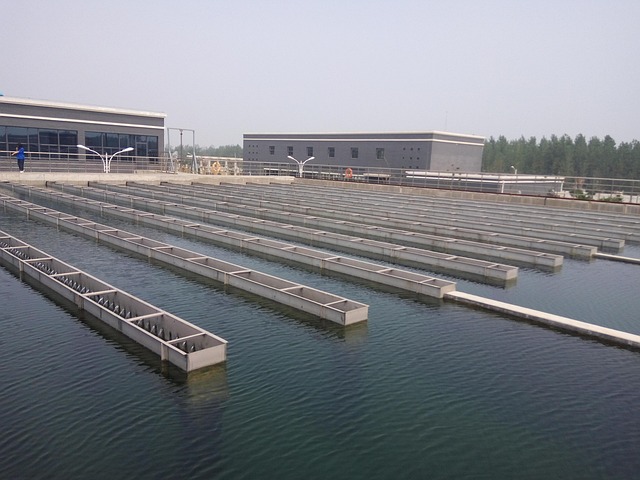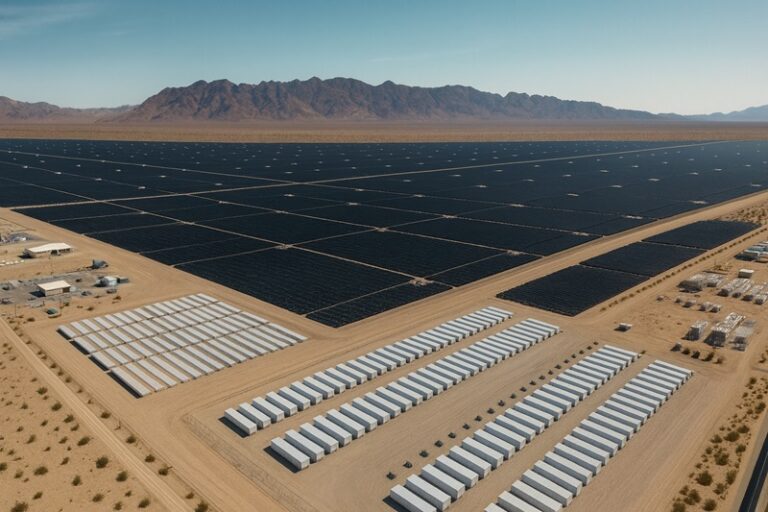Hybrid systems enhance resilience amid floods, droughts, and rapid urban growth
Cities today are struggling to cope with longer droughts, heavier rainfall, and population growth. This new normal strains aging water and wastewater treatment systems that were designed decades ago for a different climate.
To build resilience in an era of climate extremes, communities are rethinking how they manage, treat, and distribute water. Increasingly, that means complementing traditional centralized infrastructure with decentralized solutions — smaller, modular systems that make cities more adaptable, efficient, and sustainable.
The Challenge: Floods, Droughts, and Urban Growth
Across the world, cities face the threat of too much water or not enough. Extreme rainfall can overwhelm stormwater systems, causing more frequent and severe urban flooding, while prolonged droughts are draining reservoirs and aquifers faster than they can recover.
At the same time, urbanization continues to accelerate. As cities expand outward, so does the demand for water infrastructure: treatment plants, pumping stations, and pipelines that distribute clean water and return wastewater for treatment. Traditional centralized systems struggle to keep pace with this growth. They require massive upfront investments and long construction timelines, and they depend on long-distance water transport that’s vulnerable to disruption.
While the old model of a single large, centralized plant serving an entire city has worked well for decades, these systems have limitations. In a world where the climate is increasingly more volatile, that model offers little flexibility and can leave communities vulnerable to water scarcity issues and service failures.
Decentralized Systems Are Growing
Decentralized water systems bring treatment and reuse closer to homes and neighborhoods. These setups can include small recycling plants or stormwater capture units. They can work alone or together with city utilities.
These systems are helpful during climate stress. In flood zones, they catch and clean water locally, easing pressure on storm drains. In dry times, they recycle water within the community, cutting reliance on freshwater.
Because they are modular, cities can add more units as they grow. This flexibility makes them ideal for fast-growing regions.
Building Smarter Hybrid Systems
Centralized plants remain important for serving large areas. But as cities spread, decentralized systems can fill gaps quickly.
For example, a suburb can use a local treatment unit in its early stages. Later, when a big utility expands, the local unit can stay as backup or be used for reuse and stormwater control.
Having many smaller systems spread across a city reduces stress on central plants. It also avoids the cost of building large, oversized plants too early. Cities can expand step by step, matching growth.
These systems also help manage heavy rains. Local capture units can hold water, giving central systems time to adjust. This layered defense protects homes, health, and property.
Affordable and Flexible Models
Decentralized systems are not only cheaper but also easier to finance. New business models, like public-private partnerships, let cities and developers share costs. Build-own-operate deals let advanced systems run without huge upfront spending, while still ensuring safe, reliable service.
The Broader Payoff
When cities use hybrid water systems, the benefits go far beyond safety. They gain more flexibility in planning, cut carbon from long water transport, and improve water quality. Developers get faster project timelines, while residents enjoy reliable service and greener communities.
For utilities, decentralized units ease pressure on large plants and make the whole network stronger.
A New Blueprint for the Future
Floods, droughts, and rapid growth are the new normal. Cities need water systems that can adapt.
By combining central plants with local units, communities can build flexible, reliable, and climate-ready systems. The cities that succeed will be those that plan smart, build in phases, and prepare for whatever the weather may bring.




